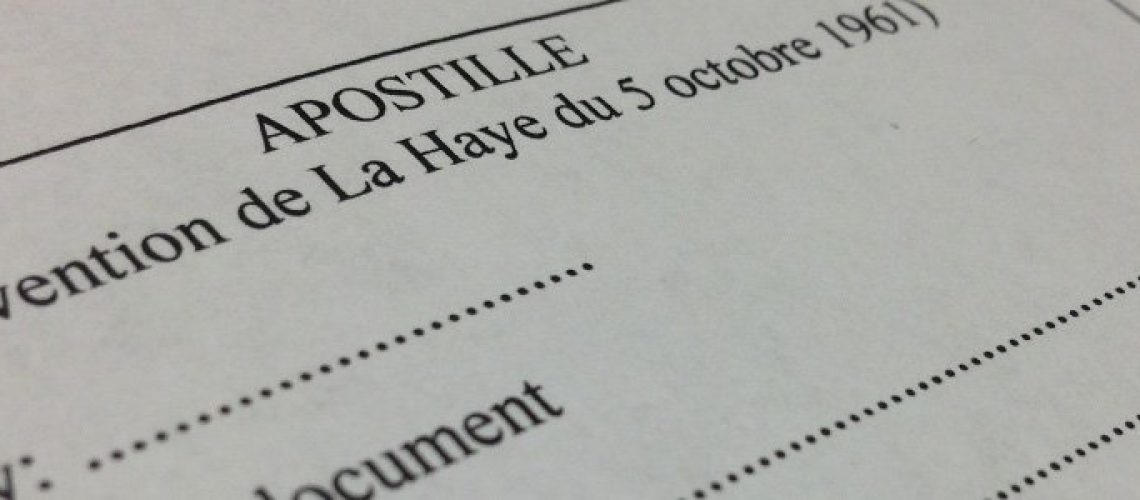Debated at the European Commission in 2010, before a first press release on this subject in 2013, the draft law to simplify administrative procedures in all EU countries was finally published on 6 July 2016 and applied on February 16, 2019. Since, the Apostille is no longer required within the EU for official documents.
What is an Apostille?
An “Apostille” is the name given to the certification of documents issued by an authority or certified by a national authority intended to be produced abroad and foreign public documents to be produced in that country. A Convention concluded in The Hague on 5 October 1961 and abolished the requirement of legalization of foreign public documents. These acts include mainly legal acts, notarial acts, diplomas and certificates of public examinations, acts of civil status and contracts to be legalized. The purpose of the apostille is to verify the authenticity of the origin of a public document, the authenticity of the signature of the person issuing it and to verify the competence of the latter to make copies of it.
What are the documents mentioned in this administrative relief?
- Civil status records including birth, death, marriage and registered partnership certificate
- Documents relating to residence, citizenship and nationality
- Documents relating to real estate
- Documents relating to legal status and representation of a company or other undertaking
- Documents relating to intellectual property rights
- Documents proving the absence of a criminal record
Benefits of this law
Before this law, the Apostille was issued by the Department of Foreign Affairs and Trade. Each Apostille stamp was €40, except for documents directly relating to the export of goods, which were €10 each. Effective from 16 February 2019, the abolition of the Apostille is intended to facilitate administrative procedures between EU member countries. With the removal of this approach, the European Union intends to earn between 25.8 and 26.2 million euros each year for companies and individuals, according to figures published in the press release of the EU Commission from 2013.








